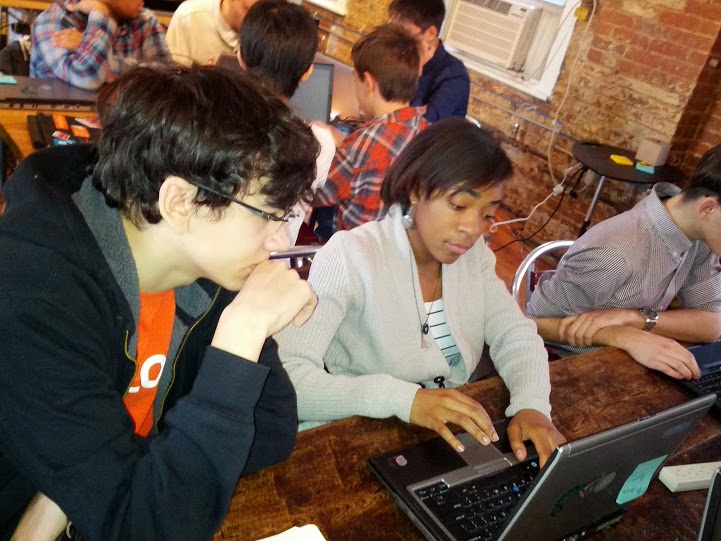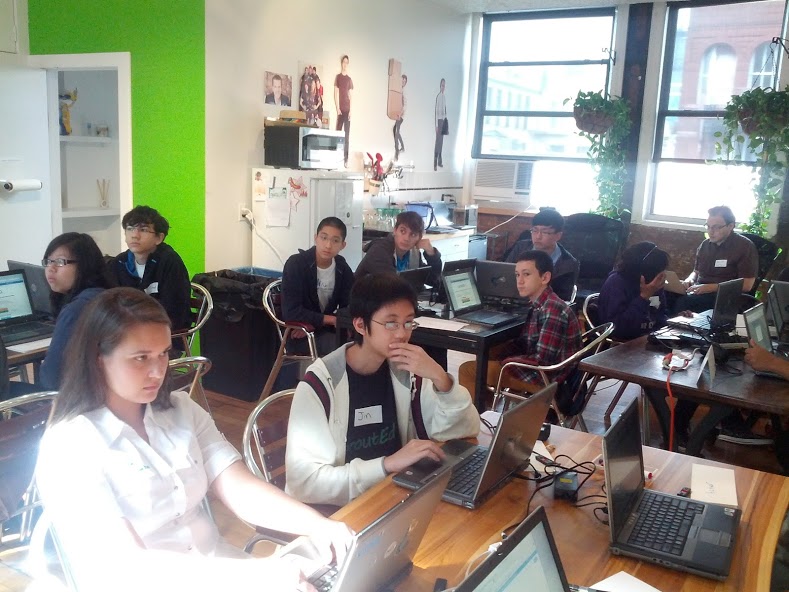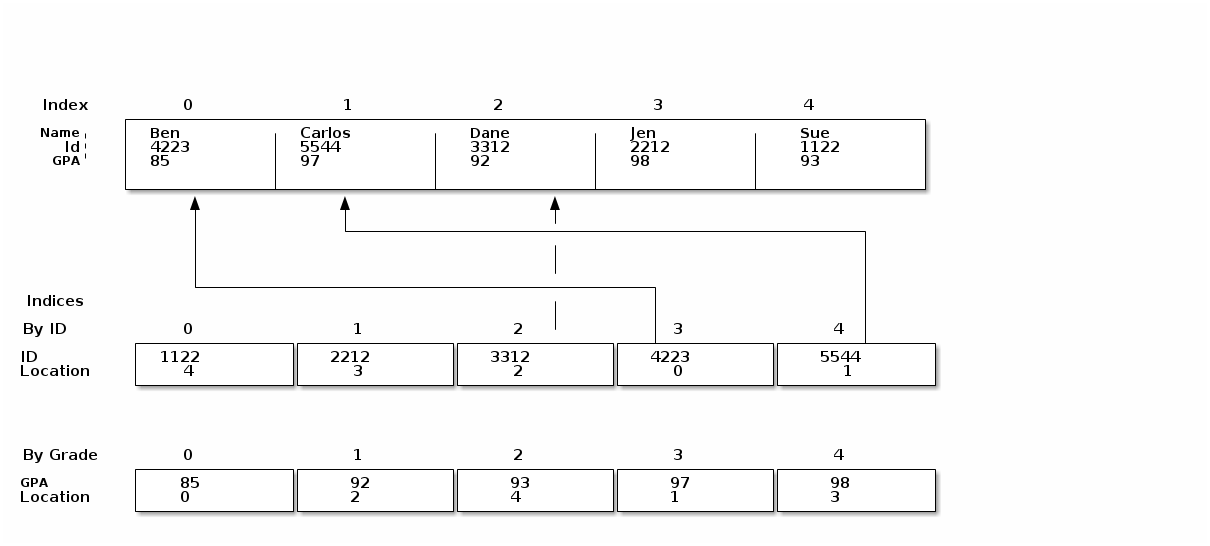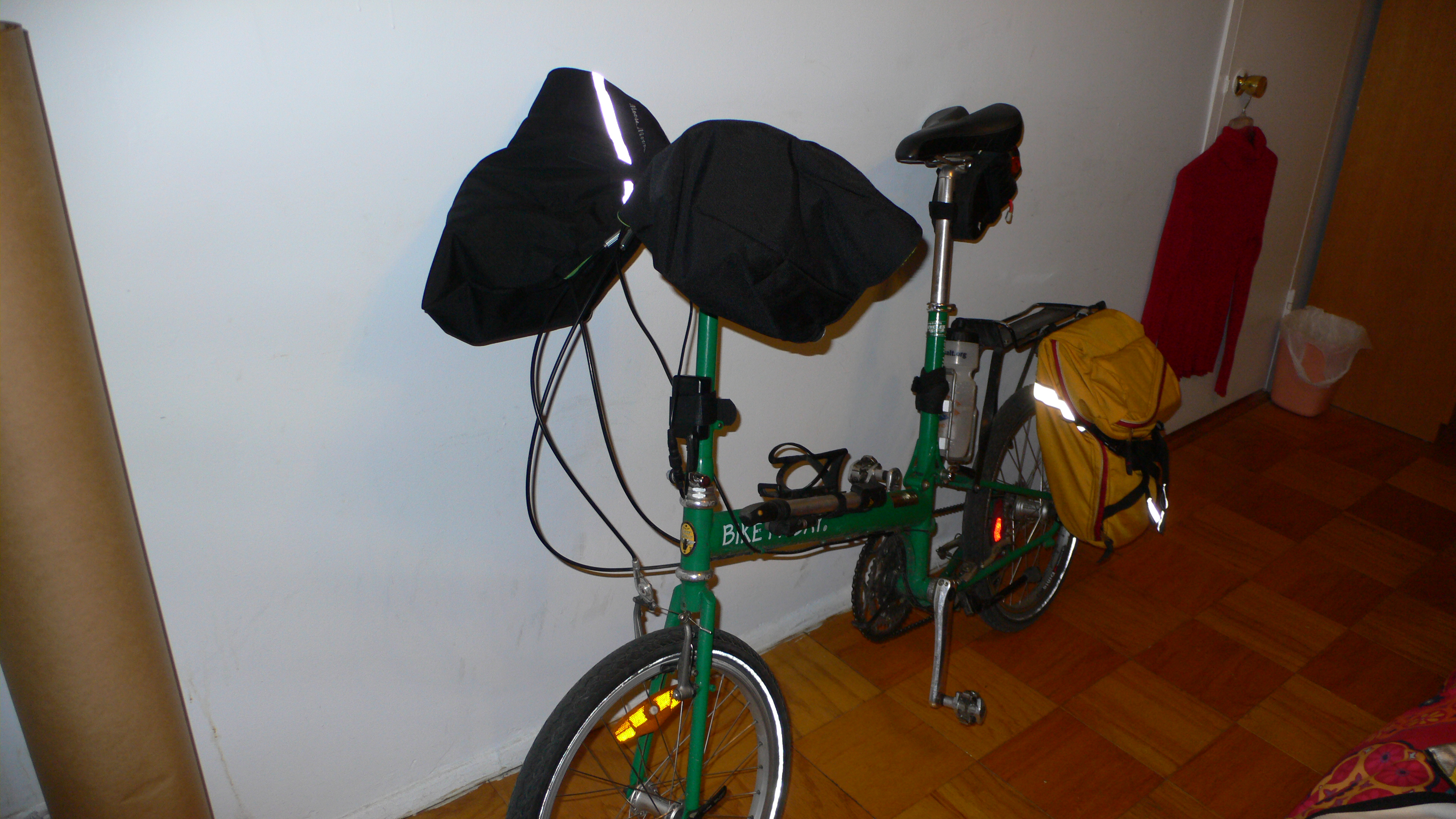Each month, The Stuyvesant school paper - the Spectator invites a teacher to write a piece on, well, basically, whatever they want to. I did it this past month.
Here's a reposting of the piece. The original can be found on the Spectator site.
Enjoy
"I've got 10 periods of class and no lunch." "I've got four APs." "Can I also take Great Books, Multivariate, Physics C, and Software Development?" The goal of a Stuyvesant student: take as many electives and AP classes as possible. Is that good? Is that smart? Probably not. I'm just a teacher, yes, but I'm also a Stuyvesant graduate and parent, so I've wrestled with this issue from all sides. Let's talk about AP classes, student schedules, and the big picture.
When I was a Stuyvesant student in the mid-'80s, we had AP classes, but they weren't really a big deal. I took two, Calculus and Computer Science. My wife, then a classmate, didn't take any. Some kids took a third, and four was a rarity. You took AP English if you were really into English, AP Chemistry if that was your thing. The school day consisted of eight periods, starting at 9:00 and ending at 3:00.
Fast-forward to the early to mid '90s, when I was a young teacher. The Stuyvesant day was still eight periods. Students wanted more AP classes, but it wasn't out of control. Soon after, we adopted what is known as a split schedule. Students were either in classes from periods one to eight, or from two through nine, but that didn't last. Like empty space in a closet, students looked at that additional period as an extra slot to fill, and we were more than happy to oblige. This ultimately led to today. To get into a top college, students feel the need to take a full schedule with as many AP classes as possible.
It's important to recognize the hypocrisy that we're getting from colleges: "Take more AP classes, though we're giving you less credit for them." The more "selective" schools want a transcript filled with APs, but good luck getting college credit from them. You'll be lucky to get placement.
It's also important to recognize the lack of value offered by AP classes. We teach AP Computer Science at Stuyvesant, and I can tell you that the AP syllabus, as defined by the College Board, is weak at best. What's more, the College Board is starting a new AP Computer Science class that I wouldn't even consider college-level. Now, we teach rigorous, college-level computer science, a superset of the AP class, but we end up fighting to get around the limitations of the AP curriculum.
Fifteen years ago, when graphing calculators first became commonplace, I decided to work my way through a released AP Calculus A exam. The rules were that I could only use common sense, the calculator, and precalculus techniques, that is, I had to pretend I knew no calculus. When all was said and done, this technique earned a 3, a passing grade. How strong is the College Board standard when one can "pass" with no knowledge of the subject? We can also look at our English classes at Stuyvesant. It's also well known that classes such as Great Books and Creative Nonfiction are as rigorous as or more rigorous than classes following the College Board AP syllabus.
So, Advanced Placement isn't all it's cracked up to be; it's a brand name, and we buy into it. But we shouldn't. Buying into the hype has led countless students to sign up for a course "to get another AP." That's the worst reason to take a course. Take AP Computer Science if you are interested in the subject or if you think it will give you a skill set for the future. Same with the others. Don't take advanced courses to fill a schedule. You won't enjoy it, you won't be happy, and you won't get a lot out of it. Part of the beauty of the high school experience is that you get a taste of each subject before you have to select AP classes. By the time you get there, you should have some idea of your interests. Don't take APs for the sake of taking APs. If you have room and aren't passionate about the available AP choices, take another elective and try something new.
The 10-period day is another part of the AP madness. Now, a 10-period day isn't necessarily bad. My daughter Batya did it and my son is doing it now. A key point, though, is that two of their classes were and are chorus and band, respecitvely, classes with little out-of-class workload, which, in fact, provide a break of sorts during the day. While our music classes require focus and effort, it's not the same as, say, a math class. Think of it as cross-training. Their only elective on top of these was AP Computer Science. but since they both enjoy the subject, it wasn't work for them.
For my kids, the electives that made a 10-period day are what made the day fun and worthwhile. Now, that's a little bit of an overstatement, as both Batya and Natan really enjoyed some of their required classes, but I think you all know what I mean. The problem comes when you add classes because you feel you need an additional workload. We take more classes but end up learning less. Even with an eight-period day: take out one for lunch and one for gym, that's six. If each teacher gives forty minutes of homework a day, that's four hours. Add two classes and you're over five, and we know that many teachers give more than forty minutes a night. I believe that if Stuyvesant students take less classes, they'd actually learn more, because they wouldn't be cramming day after day, trying to meet unrealistic deadlines. Rather, they could really explore fewer subjects in a more meaningful way.
Don't take a course just to take a course, but what about the AP designation? To start, I see two types of AP courses. Those that are a drop-in replacement for a regular course, such as the history and English courses, and those that are extras, such as AP Computer Science, Physics, etc.
I can't really speak to the drop-in classes, but I can for the extras: I'd just love to teach "rigorous, college-level" classes. Let's drop the AP designation. For computer science, we could create study guides for those who want to take the test, but we could dump the nonsense from our curriculum and make it even stronger. I know this flies in the face of our test-taking mentality, but we're Stuyvesant. Colleges know our courses and our teachers. If anyone can do it, we can. Let's be leaders and not buy into the nonsense that the College Board is selling us. The Ethical Culture Fieldston School did this a few years ago, and it doesn't seem to have hurt them.
The AP class-crunch culture didn't happen over night. It developed like a prisoner's dilemma out of control: "They're taking more AP classes, so I have to."
Let's re-examine not only AP classes, but all our classes. What does it mean to be a Stuyvesant student? Should we have a semester of this and a year of that or three years of something else? Am I right that less is more, or is the current system working? Let's get some people together to look at this question. Let's evaluate all our requirements and how we do things. Let's talk to students, teachers, parents, and, maybe most importantly, alums who have the perspective of time.







